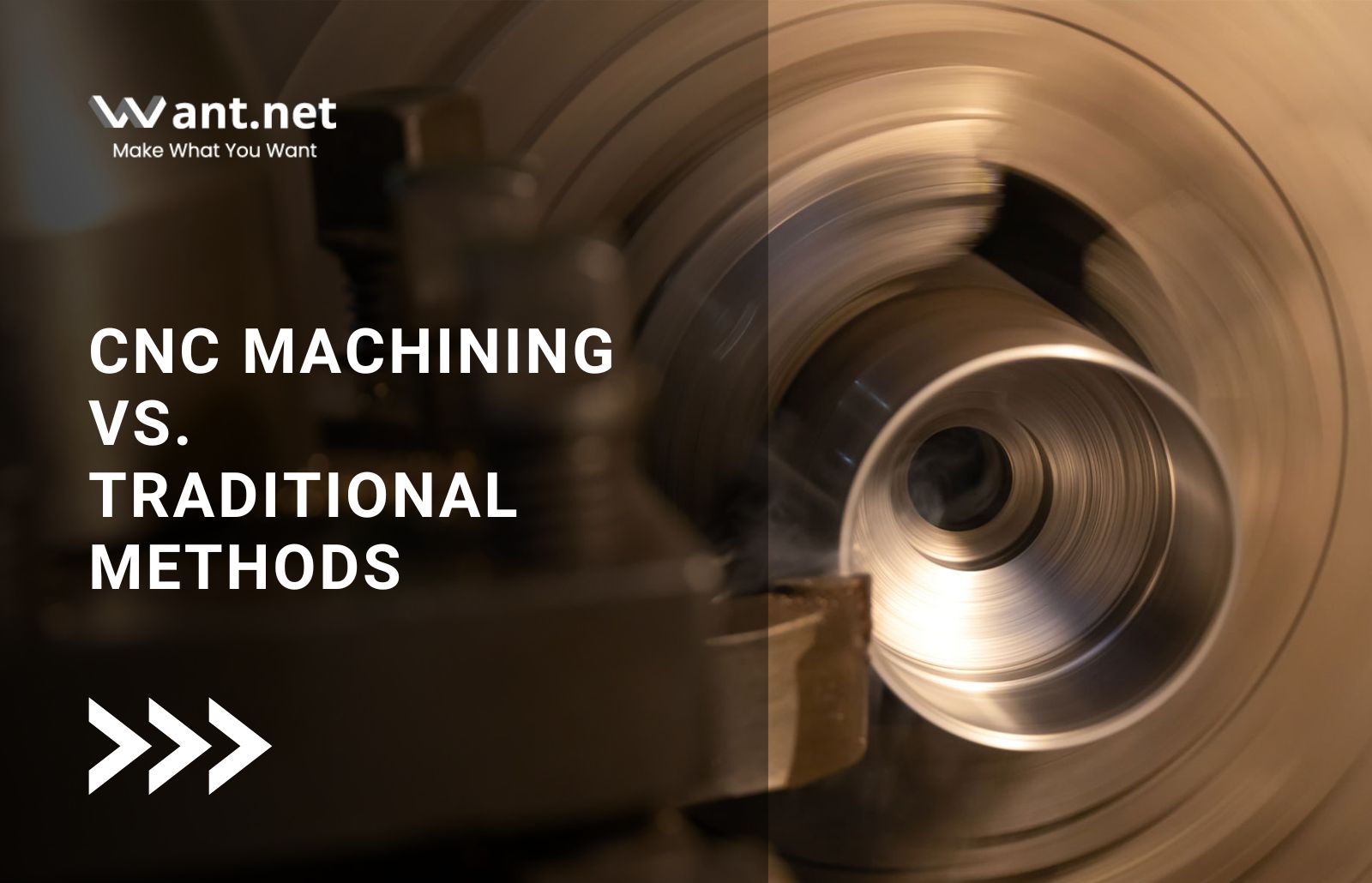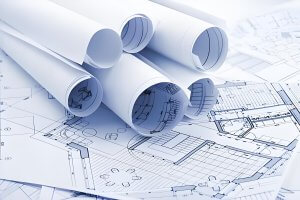If you work in the manufacturing industry, you’ve probably come across the term CNC machining. But what exactly is CNC machining, and how does it compare to traditional manufacturing methods?
In this article, we’ll delve into the world of CNC machining, exploring its definition, functionality, and its advantages and disadvantages compared to traditional manufacturing methods. By the end of this read, you’ll have a better grasp of how CNC machining can help you create high-quality parts and components for various applications.
What is CNC Machining?
CNC machining is a manufacturing process that employs computer-controlled tools to remove material from a workpiece. The acronym CNC stands for “computer numerical control,” which refers to the use of computer software to guide the movement and operation of machining tools.
CNC machining allows for the creation of a broad range of parts and components, from simple shapes to intricate geometries. The process starts with a computer-aided design (CAD) model, which is then converted into a computer-aided manufacturing (CAM) program to control the CNC machine. Using cutting tools, the CNC machine subtracts material from the workpiece until the desired shape is achieved.
Recommended Read: Mastering the Art of 5-Axis CNC Machining
How Does CNC Machining Work?
CNC machining operates through a combination of hardware and software to control the movement and operation of cutting tools. The hardware includes the CNC machine itself, comprising a worktable, cutting tools, and various components. The software consists of the CAM program, which generates toolpaths and instructions for the cutting tools’ movement.
To initiate the CNC machining process, an operator loads the workpiece onto the worktable and secures it in place. The CNC machine then loads the CAM program, and the operator begins the machining process. Following the instructions in the CAM program, the CNC machine moves the cutting tools across the workpiece, removing material to shape it as desired.
How Does CNC Machining Compare to Traditional Methods?
CNC machining offers several advantages over traditional manufacturing methods, including enhanced efficiency, precision, and flexibility. Let’s examine each of these benefits in more detail.
Efficiency:
One of the primary advantages of CNC machining is its efficiency. As a fully automated process, it requires minimal human intervention and can operate continuously, 24/7, without breaks or downtime. This enables quicker and more cost-effective production of parts and components compared to traditional methods.
Precision:
CNC machining excels in precision due to its computer-controlled nature. The cutting tools can be guided with a high level of accuracy, resulting in extremely precise and consistent parts and components. This level of precision is crucial in industries like aerospace and medical manufacturing, where even slight deviations can have significant consequences.
Flexibility:
Compared to traditional methods, CNC machining offers greater flexibility. Since the process is driven by software, it can be easily adapted to produce various parts and components with minimal retooling or setup time. This versatility makes it ideal for low-volume, high-mix production scenarios where a wide array of parts and components must be manufactured quickly and efficiently.
However, it’s important to consider some disadvantages of CNC machining. A common mistake made by beginners is assuming that CNC machining is a universal solution. The selection of appropriate machining tools and techniques should be based on the specific application and materials being used. Additionally, CNC machining can be more expensive to set up and maintain than traditional methods, making it less cost-effective for small-scale production runs.
Applications and Materials
CNC machining can be used to create parts and components for a wide range of industries, including automotive, aerospace, medical, and electronics. It can be used to produce parts made from a variety of materials, including metals, plastics, and composites. Read more here.
The choice of materials will depend on the specific application and the desired properties of the part or component. For example, aerospace components may be made from lightweight alloys such as titanium or aluminum, while medical implants may be made from biocompatible materials such as titanium or PEEK (polyether ether ketone).
Industry 4.0 and CNC Machining
As the manufacturing industry progresses towards Industry 4.0, CNC machining plays an increasingly crucial role in digitalizing and automating manufacturing processes. With the advent of the Internet of Things (IoT) and smart manufacturing, CNC machines can be connected to the cloud and other devices, enabling real-time monitoring and optimization of production processes.
For instance, sensors can be installed on CNC machines to monitor performance and detect issues before they become critical. This helps minimize downtime and enhance overall manufacturing efficiency. Additionally, data collected from CNC machines can be utilized to optimize production workflows and improve quality control.
Choosing the Right Machining Tools and Techniques
To maximize the benefits of CNC machining, it’s vital to select the appropriate machining tools and techniques for a given application and materials. Several factors should be considered during this decision-making process:
Material properties: Different materials require specific cutting tools and techniques to achieve desired outcomes.
Part geometry: The complexity of the part or component influences the selection of tools and techniques.
Surface finish requirements: The desired surface finish determines the type of cutting tool and the speed and feed rates employed.
Production volume: The production volume guides the choice of cost-effective machining tools and techniques.
Workflow in CNC Machining
The workflow in CNC machining typically involves the following steps:
Design: Create a part or component design using CAD software.
CAM programming: Develop a CAM program specifying the toolpaths and instructions for the CNC machine.
Setup: Load the workpiece onto the CNC machine and configure the cutting tools as necessary.
Machining: Execute the machining process by following the instructions from the CAM program to shape the workpiece.
Finishing: Inspect the finished part or component and perform any required finishing operations, such as deburring or polishing.
Conclusion
CNC machining offers numerous advantages over traditional manufacturing methods, including improved efficiency, precision, and flexibility. By selecting the right machining tools and techniques and optimizing the production workflow, manufacturers can produce high-quality parts and components for various applications.
As Industry 4.0 continues to drive the digitalization and automation of manufacturing processes, CNC machining will play an increasingly pivotal role in the manufacturing industry. By staying updated with the latest advancements in CNC machining technology and techniques, manufacturers can stay ahead of the curve and remain competitive in today’s fast-paced marketplace.
Learn more CNC knowleadge here.






